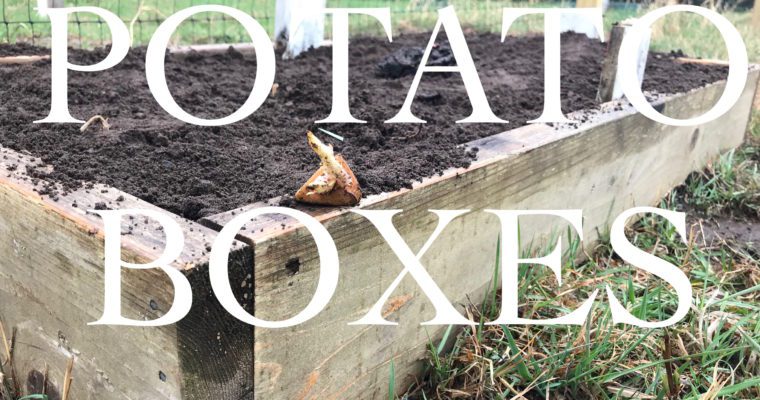Spring is upon us! At least, if you look at the calendar it says that it is. Where we are, the weather can fluctuate greatly this time of year. Last week it was in the 70’s; this week was in the 40’s. Next week it’s supposed to be in the 70’s again – but at least the snow is gone. It’s time to get started planting our garden.
This is the first year that we can actually garden on the homestead. It’s been a point of emphasis for the last seven years. We’ve always wanted a vegetable garden that can provide for our family. As vegetarians, it’s easy for us to sustain a great portion of our daily needs from an efficient vegetable garden – or at least it should be.
At our old house in town we had a small garden along with raised beds on the deck. This provided us with a little bit of food, but the honest truth was that we did not manage it very well. The yields were so small that we never took an honest interest in it, and our garden suffered because of it. One of our primary goals for moving to the country was to sustain an efficient and productive garden, and we set about learning how to do so.
Bre spent a ton of time researching soil qualities and gardening techniques so that hopefully we’re more prepared this time around. We spent the winter feeding our red wigger worm compost bin with our kitchen food scraps, and they’ve rewarded us with some valuable and highly nutrient dense vermicompost.
To begin our garden, we’re going to be doing it in phases so that we don’t get overwhelmed. We want our garden to be able to grow as we learn more, gain more experience, and become comfortable with the tasks required. That said, we’re going to start with raised beds along the perimeter of our fenced in yard. This year, we plan on building two sections. One will be 36 feet long by 18″ wide and 18″ tall. The other will be 24 feet long with the same width and height. We feel like this will accomplish a lot of our goals and needs.
Aside from that, we wanted to grow potatoes. We eat a lot of potatoes, and we always wanted to have a huge crop available, but we didn’t want to take up a ton of our raised bed space. Growing potatoes in a potato box should accomplish both of those goals. Potato boxes maximize efficiency by utilizing a small footprint, but allowing the crop to flourish as the plants grow.
To start with, create a box of your choice size without the top or bottom. Then, make several more the same size. Fill the first box with soil and nutrients and plant the seed potatoes. You can keep them whole or cut them for more seeds. We cut ours the size of ice cubes, but ensure that each cut piece has at least two eyes. Leave the cut pieces out for a day or two so the skin can harden. This toughens up the skin and makes it more resistant to disease.
Now, plant the seeds in your growing medium. Once the plant grows to where the leaves are up 12″, you can add the second box and fill with soil again. This tricks the plant into growing more potatoes in this new layer. Again, as the plant grows you can continue this process. Towards the end of your growing season, you can remove the boxes and enjoy your crop of potatoes!
This is our first year growing potatoes period, let alone in a potato box. That said, I am greatly looking forward to our harvest to see what kind of a yield we can get.
